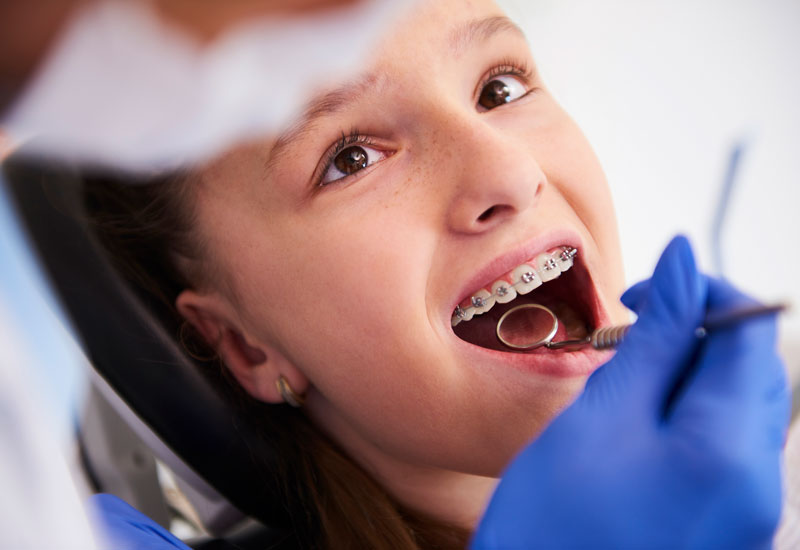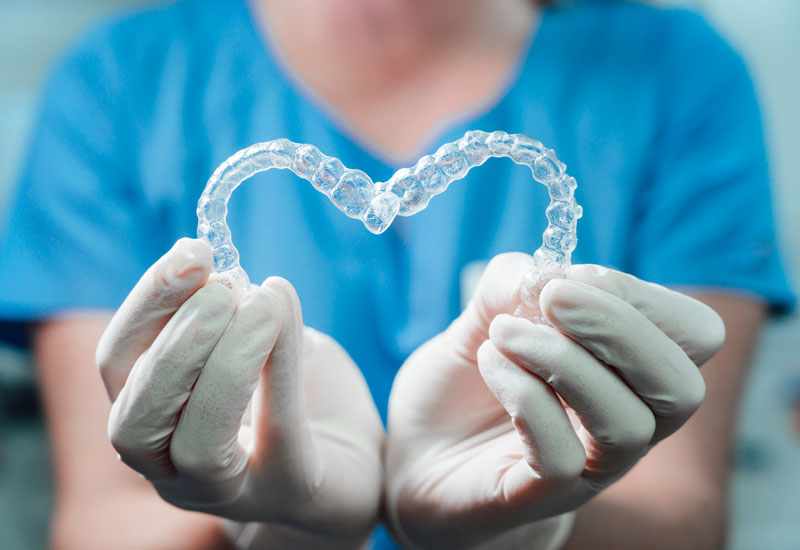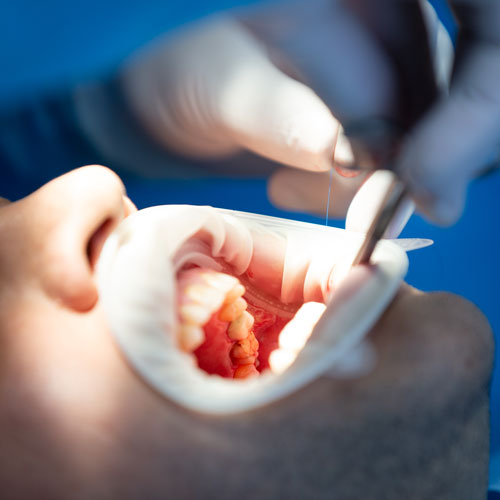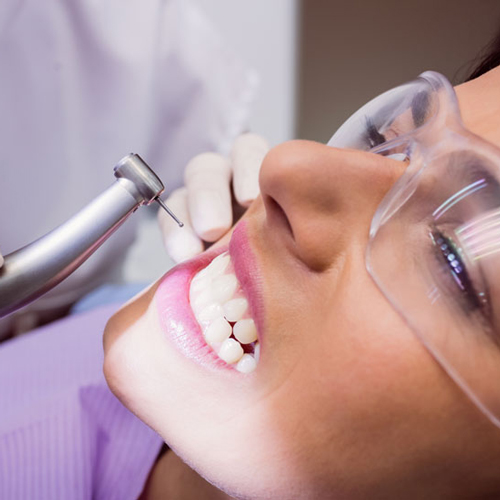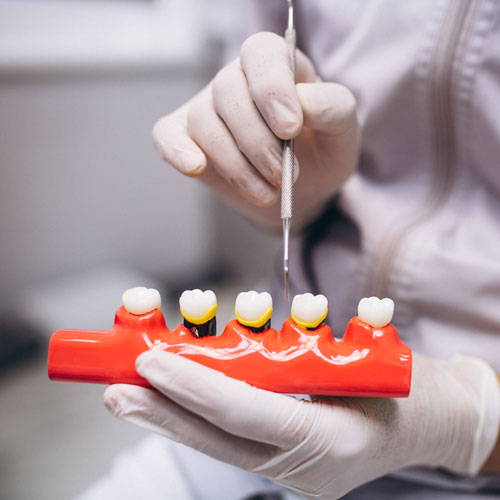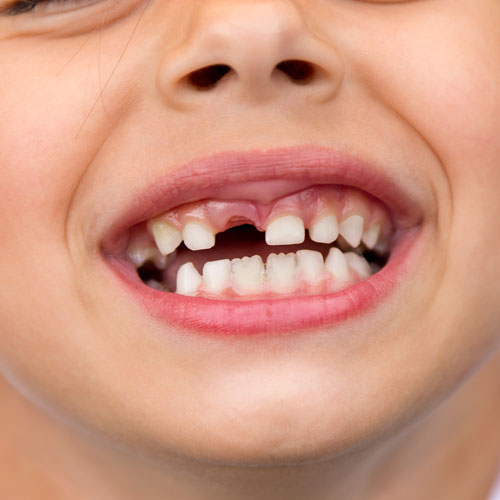Services
Orthodontics
A PREVENTIVE METHOD FOR PRESERVING TEETH
Orthodontics is one of the best preventive methods for preserving teeth. Orthodontic appliances apply gentle pressure to the teeth, moving them into their proper positions. This achieves permanent aesthetic and functional improvements and creates conditions for maintaining proper oral hygiene, thereby preventing the occurrence of tooth decay and periodontal disease.
In the past, orthodontic treatment was often associated with the adolescent period, but that is no longer the case today. It is now adapted for everyone, and age does not affect its effectiveness.
FIXED ORTHODONTIC THERAPY
A fixed appliance is attached to the teeth and worn throughout the duration of the treatment. It cannot be removed at will. The placement of a fixed appliance takes about 45 minutes per arch and is not painful. Afterward, there is an adaptation period during which the patient may experience some discomfort. The duration of wearing a fixed appliance is usually two years. During this period, the patient must adjust their habits, especially regarding food choices.
REMOVABLE ORTHODONTIC THERAPY
A removable appliance is a type of orthodontic device that is not worn constantly and is not attached to the teeth. It is intended for children in their developmental stage, typically up to 12 years of age. The appliance is worn for a minimum of 14 hours a day (usually during the night and for a few hours during the day) and is suitable for patients to put on and take off by themselves. Removable appliances are used in the first phase of treatment to correct jaw position, followed by the use of fixed appliances to continue with tooth alignment.
ALIGNER THERAPY
Aligner therapy represents the latest technology in orthodontics. This treatment is an alternative to fixed appliances and involves the use of a series of transparent aligners, custom-made based on an impression of the teeth. The aligners cover the entire surface of the teeth and gradually move them into the desired positions. In addition to being aesthetically acceptable since they are virtually invisible, aligners offer other advantages such as easier maintenance, improved oral hygiene, distribution of forces across the entire tooth surface rather than just on brackets.



